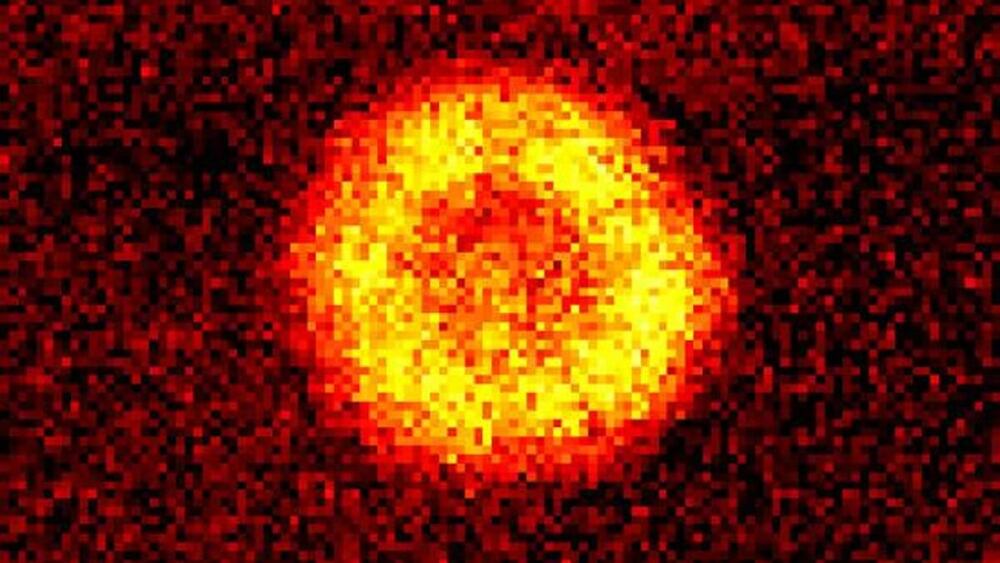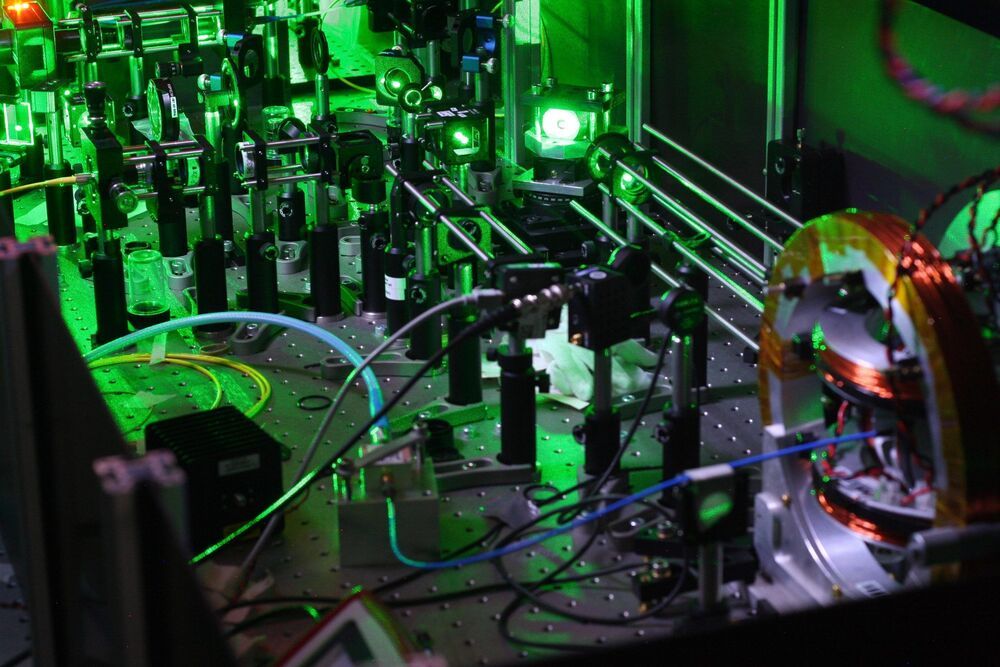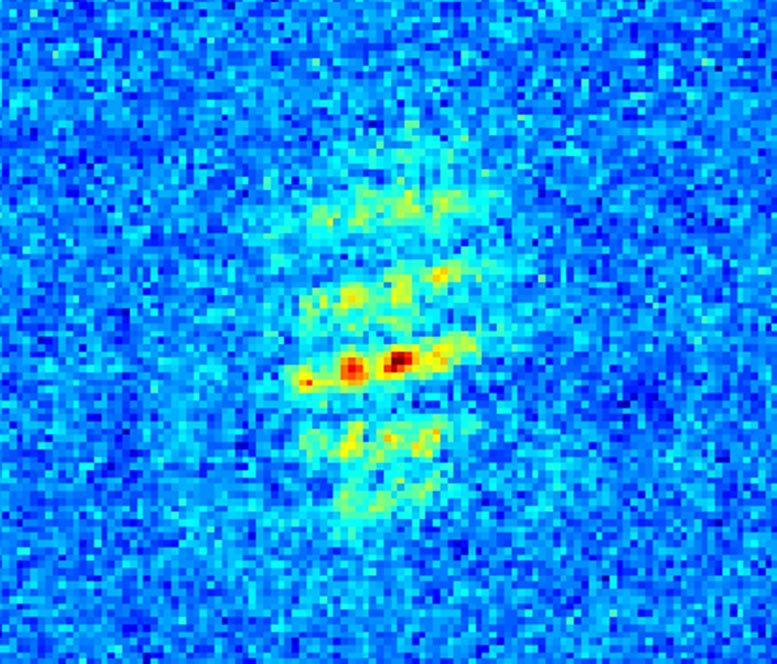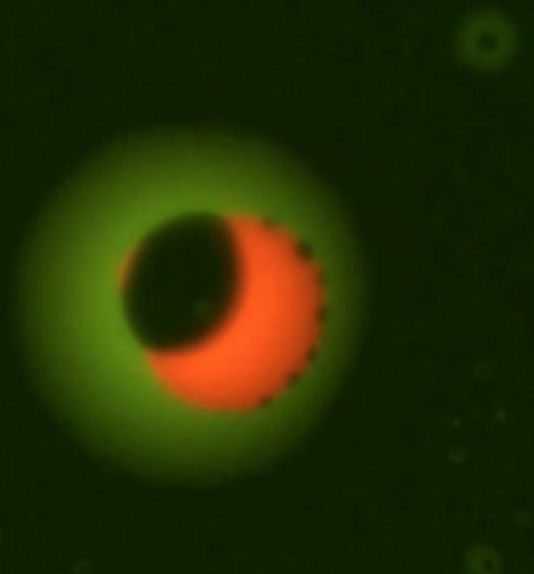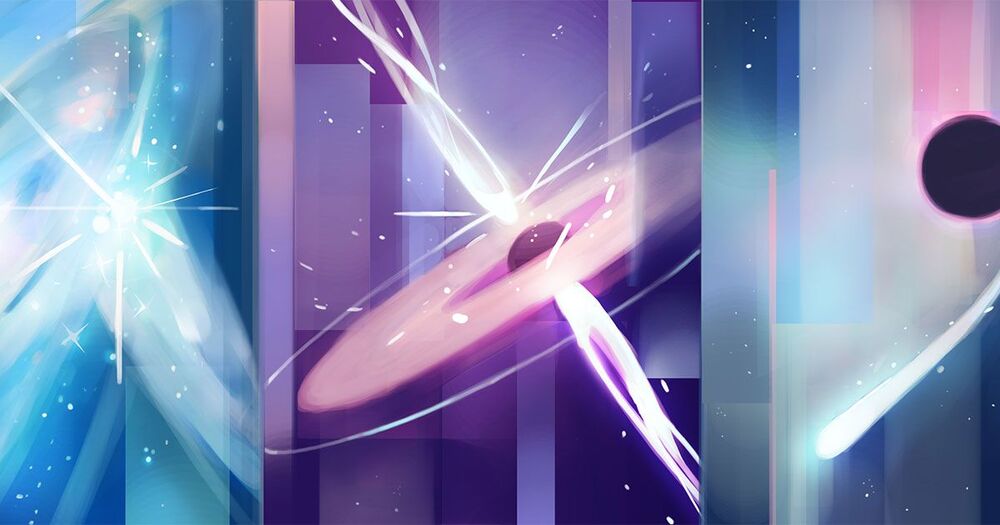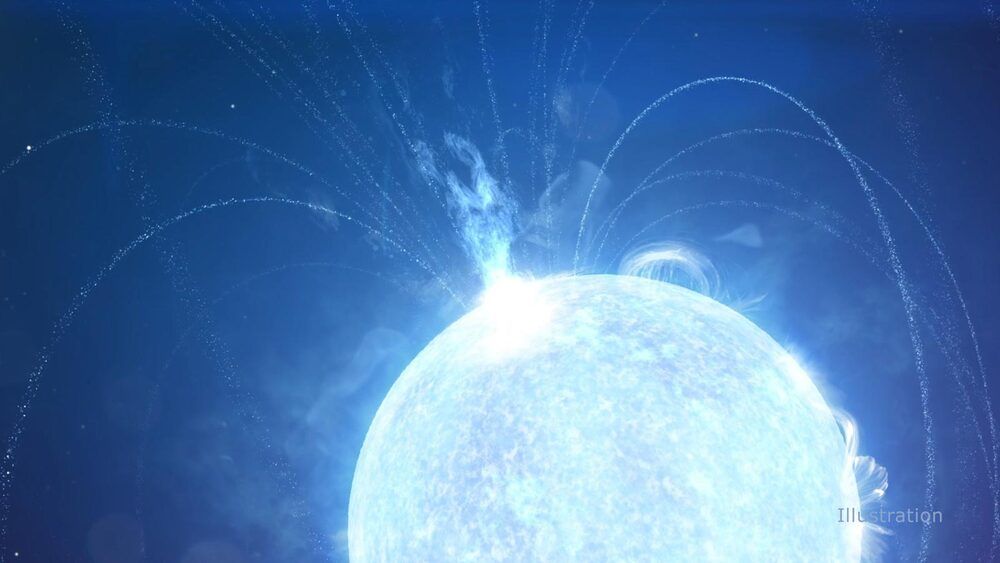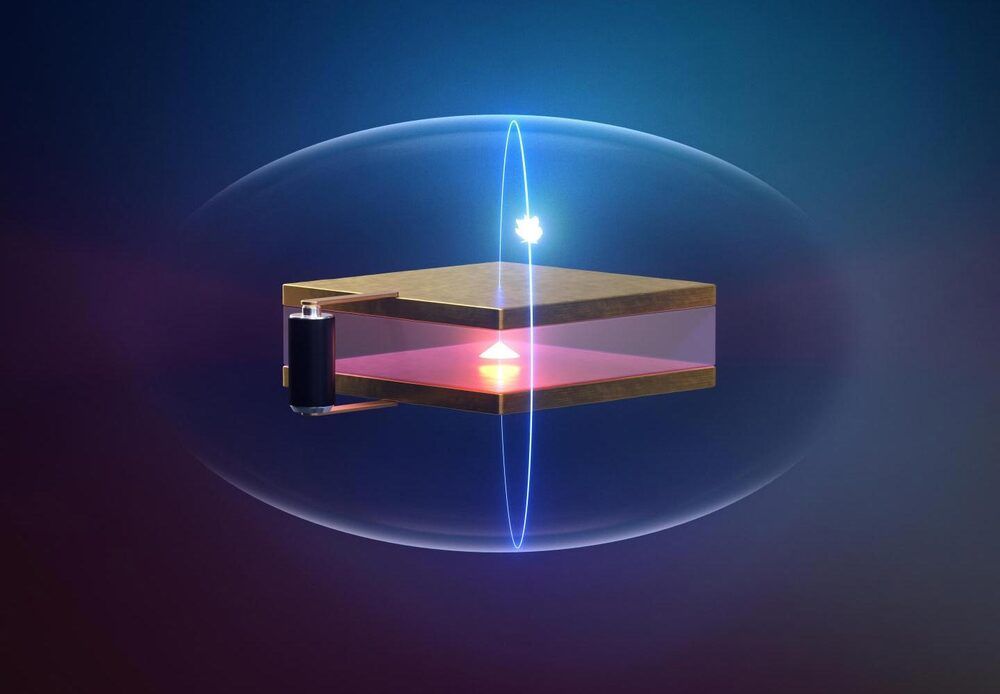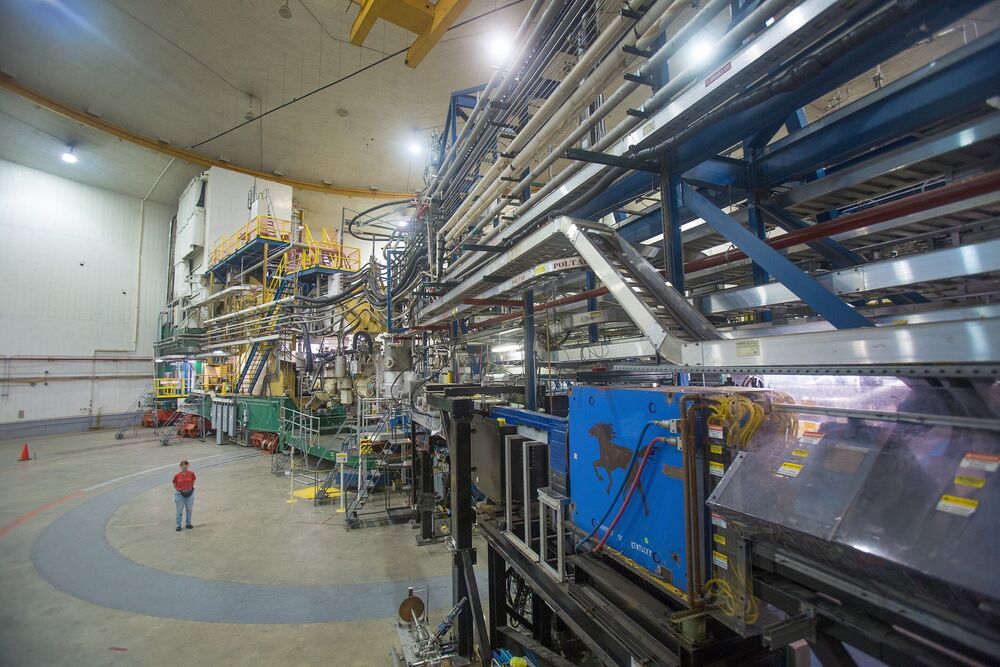The detection of the axion would mark a key episode in the history of science. This hypothetical particle could resolve two fundamental problems of Modern Physics at the same time: the problem of Charge and Parity in the strong interaction, and the mystery of dark matter. However, in spite of the high scientific interest in finding it, the search at high radio frequency-above 6 GHz-has been almost left aside for the lack of the high sensitivity technology which could be built at reasonable cost. Until now.
The Instituto de Astrofísica de Canarias (IAC) will participate in an international collaboration to develop the DALI (Dark-photons & Axion-Like particles Interferometer) experiment, an astro-particle telescope for dark matter whose scientific objective is the search for axions and paraphotons in the 6 to 60 GHz band. The prototype, proof of concept, is currently in the design and fabrication phase at the IAC. The white-paper describing the experiment has been accepted for publication in the Journal of Cosmology and Astroparticle Physics (JCAP).
Predicted by theory in the 1970’s, the axion is a hypothetical low mass particle that interacts weakly with standard particles such as nucleons and electrons, as well as with photons. These proposed interactions are studied to try to detect the axion with different types of instruments. One promising technique is to study the interaction of axions with standard photons.

